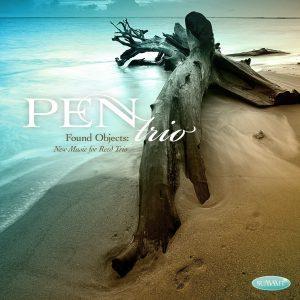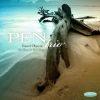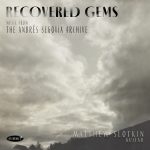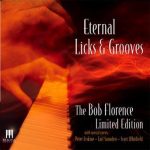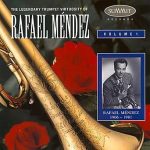Found Objects: New Music for Reed Trio – PEN Trio
The PEN Trio formed by Nora Lewis, Eric Van Der Veer Varner, and Phil Paglialonga, is an oboe-clarinet-bassoon trio, or trio d’anches (reed trio). This type of trio became standard around the turn of the 19th century. Today, the PEN Trio brings new works into the repertoire!
The ensemble regularly tours world-wide and has become known for the quality and energy of their performances.
Composer William Bradbury began composing with a set of five notes (the pentatonic scale is presented at the beginning and end of the piece and in used extensively throughout). As the composition unfolded, however, he felt somewhat limited by this constraint so he added a new “rule”; he would compose strictly pentatonic music with the caveat that he could insert the note C (which is not in the original scale) when it felt right. After any C the piece could go wherever it needed and use the full chromatic scale for a time. Then it returns to the pentatonic music – Hence the name 5•4•3 (except after C).
Composer Jenni Brandon spotted a black feather on the sandy beach and wondered what its story was. Where was the bird it came from? Where had the bird travelled and how had that feather helped in this flight? As she began to see more objects on the beach – stones, shells, driftwood, even sea glass during those winter afternoons on the beach – she thought about their stories and how she might tell them…here they are: Found Objects: On the Beach.
Oblique Strategies, by Aleksander Sternfeld-Dunn, is written for the PEN Trio and is based upon the aphorism cards of the same name by Brian Eno and Peter Schmidt. Each variation was created by pulling a different card from the deck and then following the written instruction on the card. Some variations are clear representations of the instructions while others are more abstract.
In Threes, from composer, M. Shawn Hundley, is in reference to several ongoing ideas. A few of them are quite obvious; others not so much. Essentially, the work begins with a recurring tutti separated by a solo section for each instrument. The music is never restated exactly the same way twice and gets a little more agitated each time. The final solo for the bassoon leads directly into the concluding section, which has some features reminiscent of the fugue. Dedicated to and premiered by the PEN Trio.



